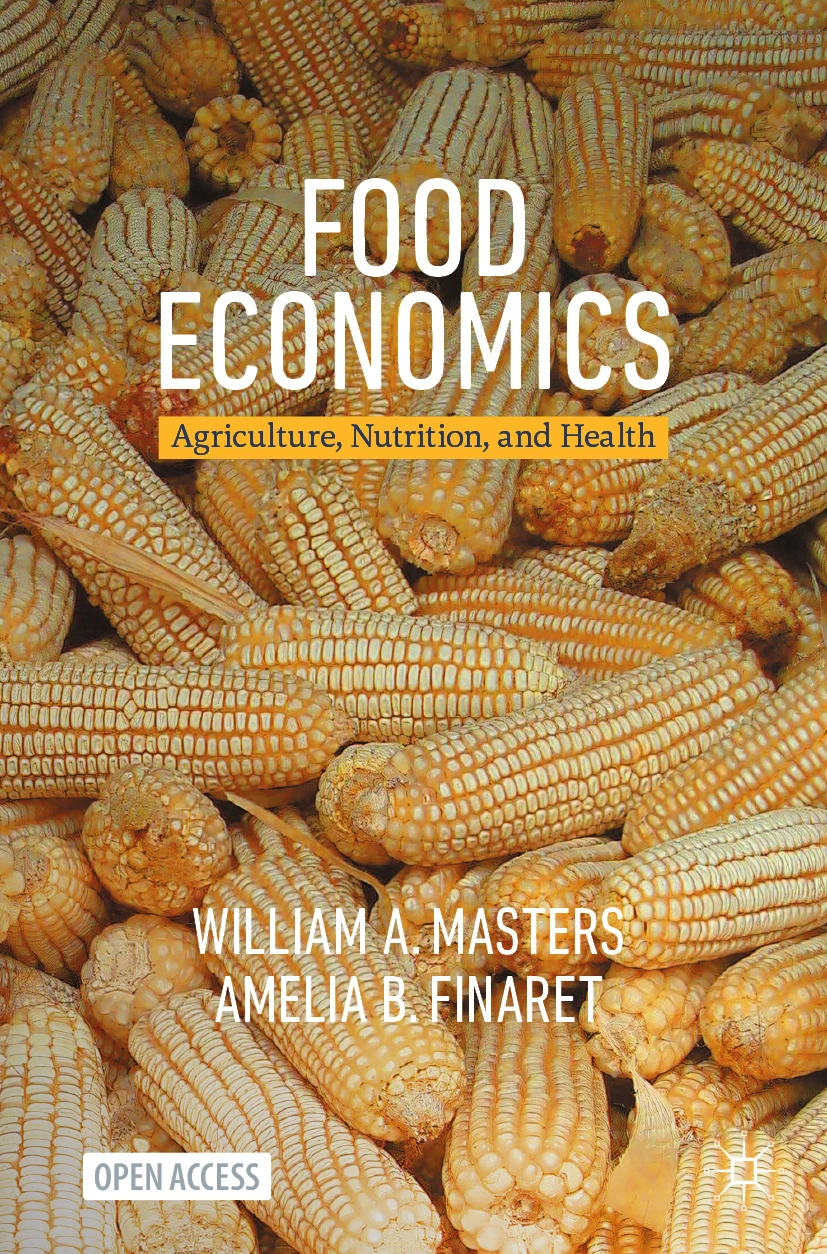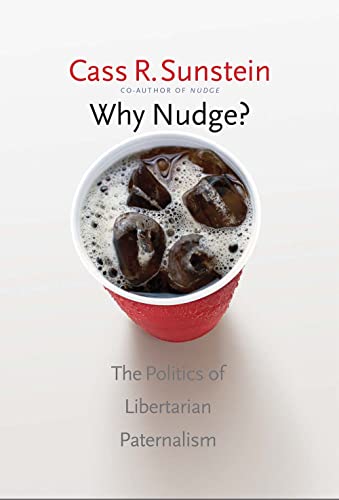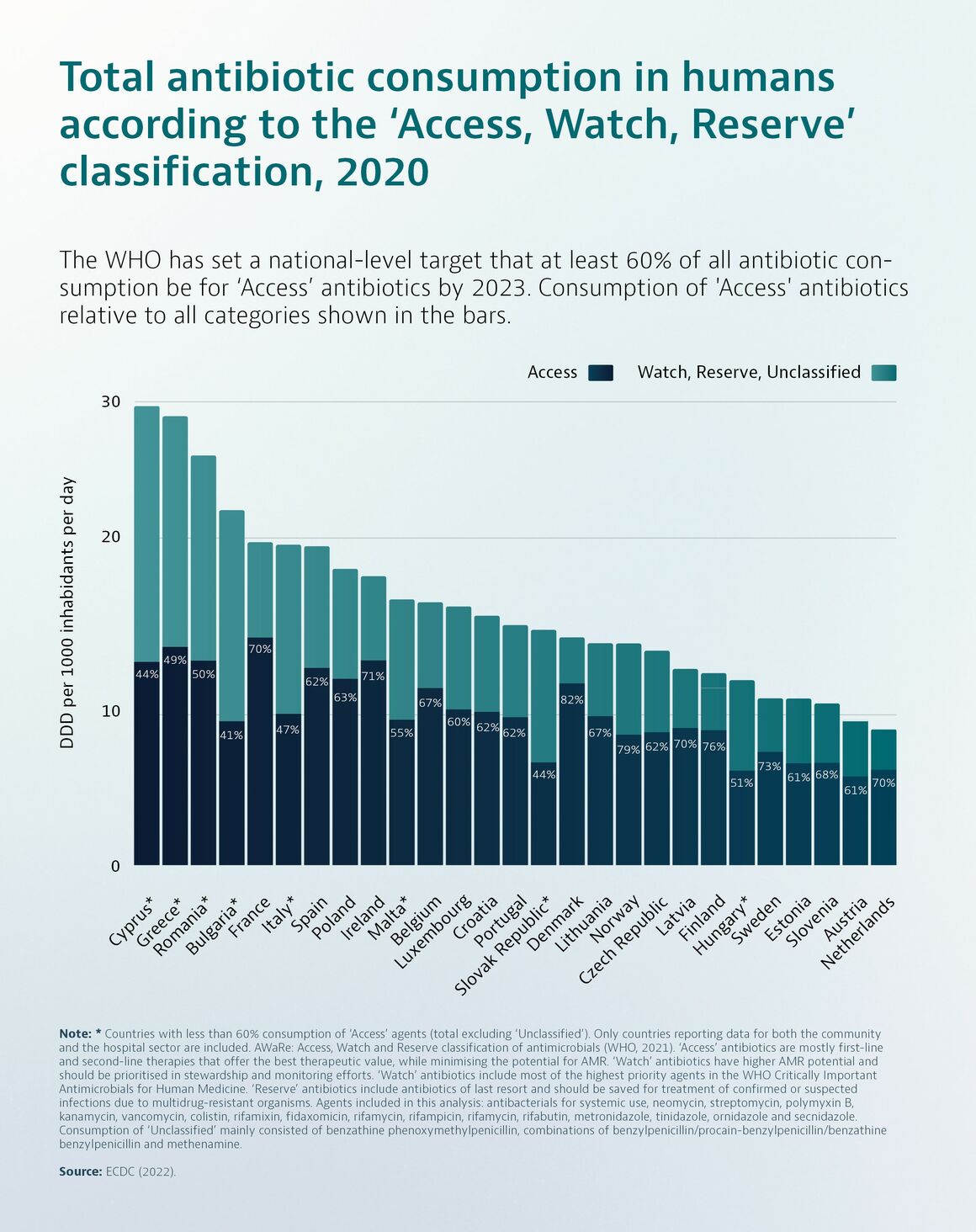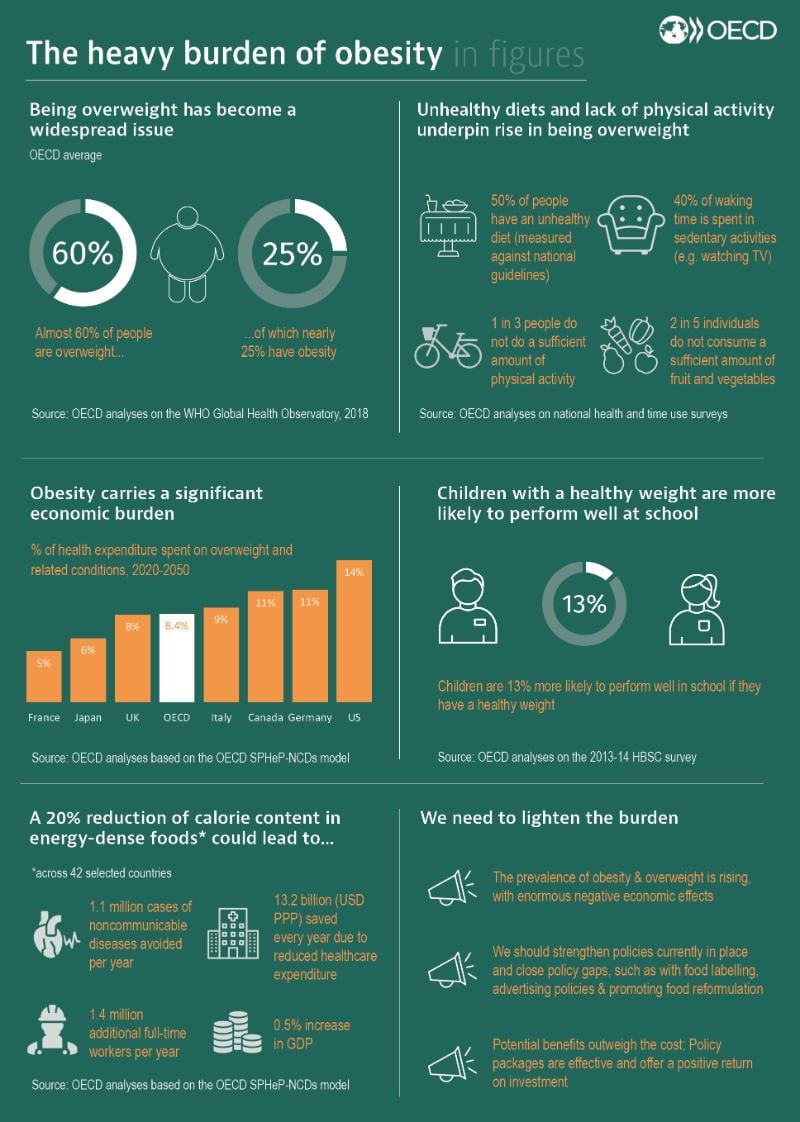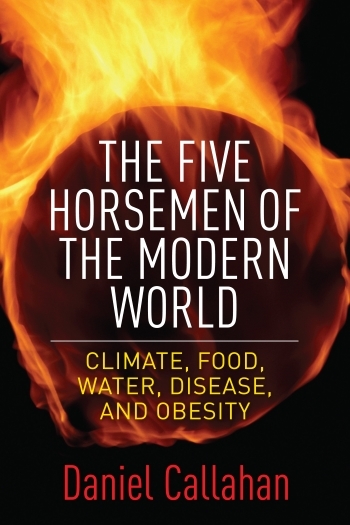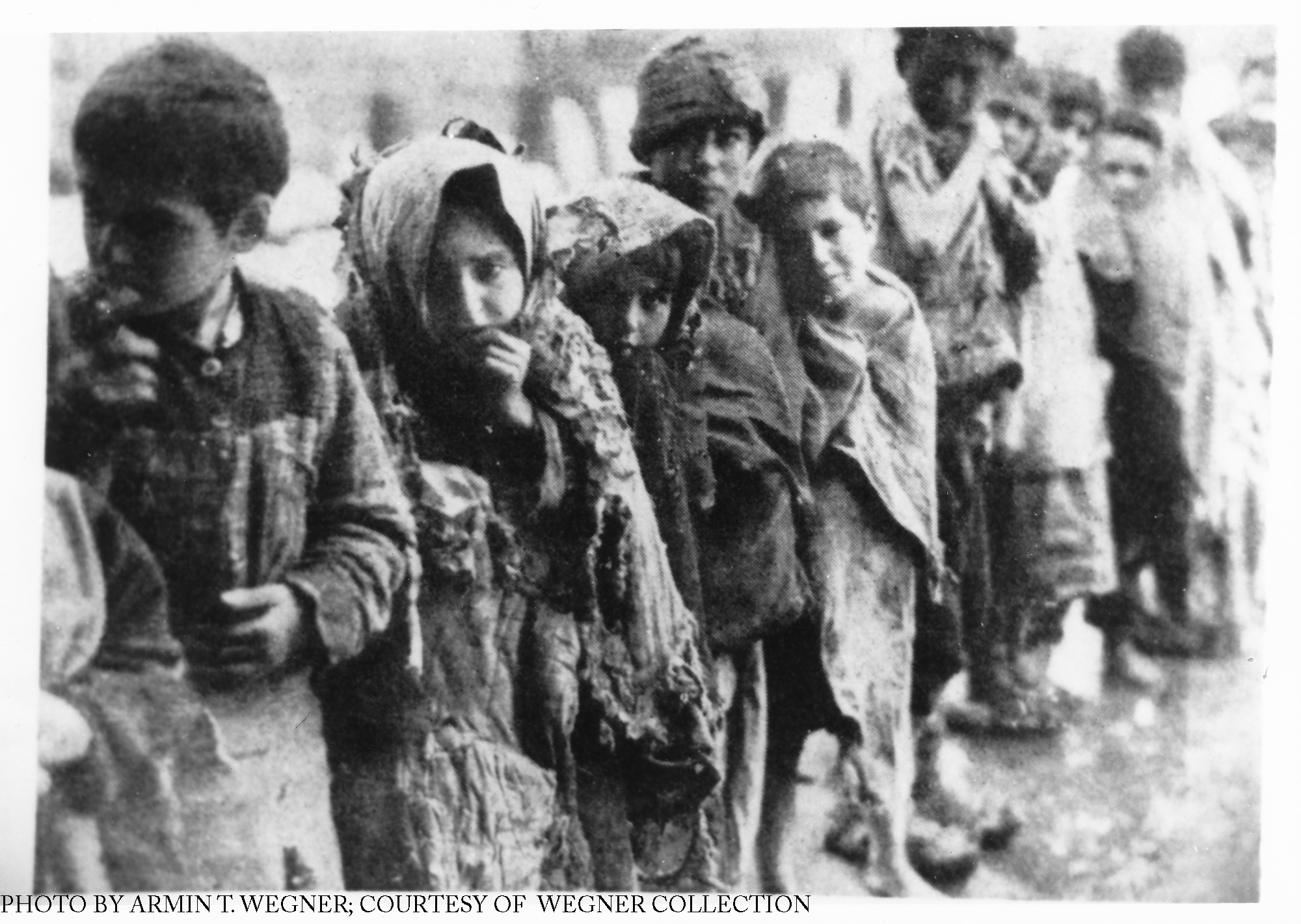Food Economics: Agriculture, Nutrition, and Health
Resum del llibre amb IA.
"Food Economics: Agriculture, Nutrition, and Health" de William A. Masters i Amelia B. Finaret és un llibre de text integral que explora l'economia del sistema alimentari des de la producció agrícola fins al consum i la salut humana. Publicat com a publicació d'accés obert el 2024, forma part de les sèries "Palgrave Studies in Agricultural Economics and Food Policy" i "Palgrave Textbooks in Agricultural Economics and Food Policy".
Resum del capítol 8
El Capítol 8 del llibre "Food Economics: Agriculture, Nutrition, and Health" s'endinsa en l'economia del comportament aplicada a les decisions alimentàries i les respostes a les intervencions, amb un focus clar en la relació entre alimentació i salut. Està dividit en dues seccions principals per aprofundir en aquests temes.
8.1 Behavioral Economics of Food Choices for Future Health
Aquesta secció aborda per què les nostres preferències i hàbits alimentaris es formen a través de l'experiència, i si podem modificar les nostres eleccions per millorar la salut sense sacrificar altres objectius com el plaer, les aspiracions socials o l'estalvi de temps. Reconeix que les decisions alimentàries estan influenciades tant per la psicologia de la presa de decisions com per factors biològics i fisiològics com les hormones.
Conceptes i Eines Analítiques Clau:
- Objectius d'Aprenentatge: Al final d'aquesta secció, s'espera que el lector pugui definir i explicar les conseqüències de les reversions de preferències, l'aversió a la pèrdua, el biaix de l'estatus quo, el descompte temporal i el biaix del present. També hauria de ser capaç de descriure com els individus i els governs poden utilitzar aquests factors per millorar el benestar a llarg termini.
- Integració de la Psicologia: La secció integra coneixements de la investigació en comportament de salut i psicologia en l'economia alimentària per millorar l'anàlisi i les intervencions. El seu propòsit és explicar, predir i avaluar les experiències quotidianes, basant-se en la premissa que les persones aprenen de l'experiència i prenen decisions "òptimes" per al seu benestar. L'economia del comportament busca anticipar els efectes dels biaixos conductuals per a dissenyar intervencions efectives.
- Valors Instrumentals vs. Hedònics (Fig. 8.1): Les eleccions alimentàries tenen tant valors hedònics (plaer immediat) com instrumentals (beneficis o danys per a la salut futura). Per exemple, les salsitxes poden ser agradables però potencialment nocives a llarg termini, mentre que les verdures són agradables i beneficioses. També hi ha coses desagradables que són beneficioses, com el fil dental.
- Canvi de Preferències (Fig. 8.2): Les preferències poden canviar al llarg del temps, orientant-se cap a opcions més o menys saludables. Es posa l'exemple personal d'un dels autors, William, que va canviar els seus hàbits alimentaris després de tenir fills i després de començar a ensenyar en una escola de nutrició.
- Model del "Doble Jo" (Fig. 8.3): Aquest model il·lustra que les preferències revelades per les eleccions actuals d'una persona ("jo present") poden diferir de les preferències del seu "jo futur", especialment pel que fa als objectius de salut a llarg termini o el benestar general a llarg termini.
- Biaixos Conductuals:
- Reversions de Preferències: Compres impulsives que es lamenten posteriorment són un exemple de reversió de preferències.
- Efecte Dotació i Biaix de l'Estatus Quo (Fig. 8.4): Les persones valoren més les coses que ja posseeixen (efecte dotació o aversió a la pèrdua), cosa que els fa renuents al canvi. Això també es coneix com a biaix de l'estatus quo. Aquesta bretxa entre la voluntat de pagar (WTP) per adquirir quelcom i la voluntat d'acceptar (WTA) compensació per renunciar-hi es deu a la informació asimètrica, similar als problemes en les assegurances (selecció adversa, risc moral). El "mercat dels llimones" és un exemple on la informació asimètrica sobre la qualitat del producte limita les transaccions.
- Descompte i Biaix del Present (Fig. 8.5): Les persones valoren les recompenses immediates més que les futures. El descompte hiperbòlic o biaix del present implica que els retards a curt termini es descompten més fortament que els retards a llarg termini, cosa que porta a preferències inconsistents en el temps i potencial lament futur.
- Conclusió (8.1.3): La salutadabilitat dels aliments és un "atribut de credibilitat", difícil d'observar directament. La gent es basa en l'experiència i la investigació científica per guiar les seves eleccions, però les limitacions cognitives (biaix de confirmació, raonament motivat, excés de confiança) dificulten l'aprenentatge i la retenció d'informació precisa sobre com els aliments afecten la salut futura.
8.2 Interventions for Behavior Change
Aquesta secció analitza com les intervencions poden utilitzar el coneixement de l'economia del comportament per millorar el benestar, examinant les polítiques i programes existents i com es podrien modificar. Se centra en intervencions econòmiques que proporcionen beneficis materials, ja siguin assistència monetària o transferències en espècie d'aliments o crèdits.
Eines Analítiques i Tipus d'Intervencions:
- Objectius d'Aprenentatge: Els lectors han de poder explicar com les intervencions alteren els patrons dietètics, distingir entre transferències infra-marginals i extra-marginals, i entendre l'impacte de restringir l'ús de vals.
- Mecanismes d'Intervenció (Fig. 8.6): Una política o programa pot alterar la qualitat de la dieta mitjançant tres mecanismes bàsics:
- Transferència en espècie o val: Desplaça la línia de despesa, amb un segment horitzontal si la transferència no es pot utilitzar per a altres coses.
- Reducció del preu de mercat o millor accés: Gira la línia de pressupost cap a fora.
- Canvi de preferències: Desplaça les corbes d'indiferència (per exemple, a través de publicitat, educació o narratives culturals).
- Transferències Infra-marginals vs. Extra-marginals (Fig. 8.7):
- Infra-marginal: La transferència és menor que la quantitat que el beneficiari consumiria amb els seus propis diners, de manera que la transferència actua com a efectiu addicional i no hi ha incentiu per utilitzar-la per a béns no elegibles. El programa SNAP als EUA n'és un exemple típic.
- Extra-marginal: La transferència proporciona més del que el beneficiari consumiria normalment, creant un incentiu per convertir l'excés en efectiu o altres béns no elegibles. El programa WIC als EUA n'és un exemple.
- Impacte de les Restriccions de Reemborsament (Fig. 8.8): Limitar els articles que es poden comprar amb l'assistència nutricional afecta de manera diferent les persones. Aquelles que ja consumeixen poc de l'article restringit no es veuen afectades en la seva capacitat d'adquisició. En canvi, les que volen consumir una quantitat "extra-marginal" de l'article restringit es veuran obligades a utilitzar els seus propis diners i podrien buscar maneres de convertir els beneficis en efectiu.
- Naturalesa Qualitativa dels Diagrames: Els diagrames utilitzats són qualitatius, mostrant la direcció i la magnitud relativa del canvi fins i tot sense nombres. Aquests models abstractes són aplicables a tot el comportament humà i ajuden a revelar similituds subjacents entre situacions aparentment diferents.
- Conclusió (8.2.3): Triar aliments saludables és un repte perquè la "saludabilitat" és un atribut de credibilitat (no evident per l'aparença), el cost pot ser una restricció insuperable, i les preferències individuals són difícils de canviar. Per això, les intervencions sovint combinen assistència i persuasió. Els canvis ràpids en el mercat alimentari generen necessitats i oportunitats per anticipar respostes i contribuir a un sistema alimentari més saludable, inclusiu i sostenible.
Resum complet del llibre amb IA.
El llibre està dissenyat per a una àmplia gamma de lectors, inclosos els que no tenen formació prèvia en economia, agricultura, alimentació o nutrició. Reconeix que cada lector ja posseeix experiència amb l'alimentació a través de la seva vida quotidiana, oferint un avantatge inicial per entendre el tema. El seu objectiu és proporcionar una caixa d'eines per entendre l'economia que ajudi a explicar les decisions quotidianes, predir les conseqüències del canvi i avaluar resultats alternatius per a decisions futures.
Els autors, William A. Masters de la Friedman School of Nutrition and Department of Economics de Tufts University, i Amelia B. Finaret del Department of Global Health Studies and Department of Business and Economics de l'Allegheny College, aporten una perspectiva combinada d'experiència en diversos entorns internacionals i disciplines. L'Amelia, a més, és dietista titulada i porta a la pràctica la filosofia de "no hi ha aliments bons ni dolents".
El llibre s'estructura en dotze capítols, cadascun amb dues seccions principals, permetent flexibilitat tant per a cursos d'un o dos semestres com per a l'autoaprenentatge. Una característica distintiva és el seu enfocament en la visualització gràfica, utilitzant diagrames analítics per explicar els mecanismes causals i visualitzacions de dades per resumir les observacions de variables clau. Els autors emfatitzen la importància de dibuixar aquests diagrames personalment per entendre'n la lògica.
Conceptes Clau i Estructura del Llibre:
El llibre es divideix conceptualment en dues parts: la primera se centra en els models qualitatius de la microeconomia i la segona en la mesura empírica i les aplicacions macroeconòmiques i de desenvolupament.
-
Fonaments de la Microeconomia (Capítols 2-6):
- Eleccions Individuals (Consum i Producció):
- S'expliquen les decisions alimentàries individuals mitjançant corbes d'indiferència (que representen les preferències subjectives d'una persona) i línies de pressupost (que mostren les opcions assequibles).
- S'analitzen les decisions dels productors (agricultors i fabricants d'aliments) mitjançant la frontera de possibilitats de producció (FPP), la corba de resposta a l'entrada (CRI) i la isoquanta (corba de substitució d'entrada).
- S'introdueix el concepte de rendiments decreixents tant en el consum com en la producció.
- S'emfatitza el pensament marginal, on les decisions es prenen basant-se en el valor incremental de cada unitat addicional.
- Resultats Socials (Preus i Quantitats de Mercat):
- S'explica com les decisions individuals es combinen per formar corbes d'oferta i demanda de mercat.
- S'analitza l'equilibri de mercat en competència perfecta.
- S'introdueix el concepte d'elasticitat (preu i renda) per quantificar la resposta al canvi, incloent la Llei d'Engel i la Llei de Bennett que descriuen com canvia el consum d'aliments amb els ingressos.
- Benestar Social (Avaluació del Canvi):
- S'utilitza l'excedent econòmic (excedent del consumidor i del productor) per mesurar els guanys i les pèrdues de les transaccions de mercat i avaluar el benestar social.
- S'analitzen les externalitats (costos o beneficis no intencionats de l'activitat de mercat) i com afecten el benestar social, identificant la quantitat socialment òptima (Q)*.
- S'explica la pèrdua de pes mort (deadweight loss) com una mesura d'ineficiència.
- Poder de Mercat (Competència Imperfecta i Comportament Estratègic):
- S'examina el monopoli (un sol venedor) i el monopsoni (un sol comprador), i com restringeixen la quantitat i estableixen preus per maximitzar els beneficis.
- S'introdueixen la discriminació de preus i les corbes d'ingrés marginal i despesa marginal.
- S'aplica la teoria de jocs i l'equilibri de Nash per analitzar les interaccions estratègiques entre dos o pocs actors, incloent el dilema del presoner i la tragèdia dels comuns.
- Acció Col·lectiva (Polítiques i Programes Governamentals):
- Es defineixen els béns públics (no excloïbles i no rivals) i el seu paper en la societat.
- S'analitza la rendibilitat de les intervencions polítiques i programàtiques, incloent l'anàlisi cost-benefici i cost-efectivitat, i el concepte de valor actual net (VAN).
- S'exploren les barreres a l'acció col·lectiva com la desatenció, l'aprofitament gratuït (free ridership) i el vot.
- Eleccions Individuals (Consum i Producció):
-
Mesura Empírica i Aplicacions (Capítols 7-12):
- Pobresa i Risc:
- S'expliquen els mètodes per mesurar la privació, la desigualtat (mitjançant corbes de Lorenz i l'índex de Gini) i la inequitat.
- S'analitzen conceptes com la vulnerabilitat, la resiliència i les xarxes de seguretat social en el sistema alimentari, abordant la selecció adversa i el risc moral en les assegurances.
- Es detalla la mesura de la inseguretat alimentària (escales de Radimer/Cornell i FIES).
- Alimentació i Salut (Economia del Comportament i Resposta a la Intervenció):
- S'incorporen coneixements de l'economia del comportament per entendre les decisions alimentàries, incloent els biaixos de preferència (com la reversió de preferències, l'aversió a la pèrdua, el biaix de l'estatus quo i el biaix del present).
- S'analitzen les intervencions per al canvi de comportament, distingint entre assistència monetària (efectiu), vals o transferències en espècie (infra-marginal o extra-marginal).
- Alimentació en la Macroeconomia:
- S'explica l'economia d'un país mitjançant el diagrama de flux circular de béns i serveis, definint el Producte Interior Brut (PIB), el valor afegit i la renda nacional.
- S'analitzen les recessions i l'atur, i la seva relació amb l'ocupació en el sector alimentari i les xarxes de seguretat social.
- Desenvolupament Internacional (Canvi Sistèmic):
- S'aborden les quatre grans transicions associades al creixement econòmic: la demogràfica, l'estructural (urbanització i transformació agrícola), la del sistema alimentari i la nutricional.
- S'utilitzen les corbes de Preston per il·lustrar la relació entre la renda nacional i l'esperança de vida.
- Es detalla la transició nutricional, incloent la mesura de l'estat nutricional (antropometria, biomarcadors, signes clínics, avaluació dietètica – ABCDs) i la transició epidemiològica de les malalties relacionades amb la dieta.
- Del Local al Global (Comerç Internacional i Cadenes de Valor):
- S'expandeix l'anàlisi a la interconnexió dels mercats globals mitjançant diagrames de tres panells per explicar els fluxos comercials i els preus internacionals.
- S'analitzen els costos de transacció en el comerç (banda CIF-FOB) i les polítiques comercials com aranzels i quotes.
- S'introdueixen les cadenes de valor des de la granja fins al consumidor, incloent la integració vertical i horitzontal, i les institucions que les regeixen.
- S'aborda la comptabilitat de costos totals per a impactes no de mercat (ambientals, socials i de salut) al llarg de la cadena de valor.
- El Futur dels Aliments:
- S'explora l'economia de la innovació en l'agricultura (agronegocis i agroecologia), incloent l'adopció de noves tecnologies i la intensificació de l'ús d'inputs (per exemple, fertilitzants).
- S'examina com les intervencions poden millorar la qualitat de la dieta mitjançant el preu, la renda o les preferències, reconeixent la "saludabilitat" com un atribut de credibilitat.
- Pobresa i Risc:
En resum, el llibre ofereix una visió unificada i accessible de l'economia dels aliments, utilitzant un enfocament basat en diagrames per explicar, predir i avaluar les decisions individuals i els resultats socials en el sistema alimentari mundial, des de l'agricultura i la salut fins a les tendències macroeconòmiques i el comerç internacional. El seu objectiu final és proporcionar eines per guiar decisions pràctiques i abordar grans reptes humans com la pobresa, el canvi climàtic i la salut.
